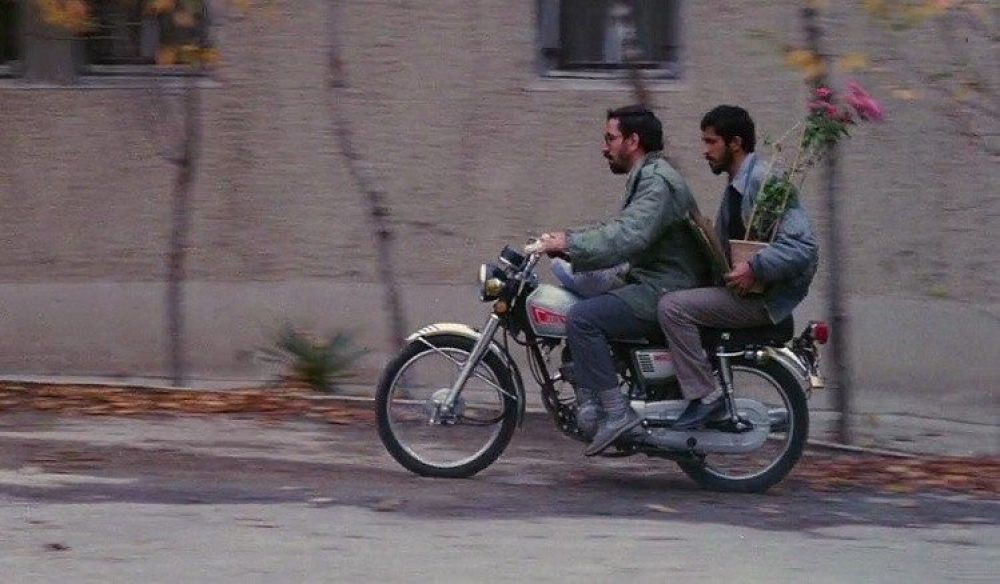In his work Modernity’s Wager, Seligman argues that Modernity’s abandonment of religion has failed and that religious authority should be returned. The eponymous wager, Seligman argues, is that it is possible “to construct an authoritative locus of sacrality on a foundation of transcendental rather than transcendent dictates” (12). This modernist construction holds individuality and rationality as transcendental, displacing the centrality of religion.
Shariati and Motahhari reflected and promoted the notion of mediated subjectivity, a scheme in which human subjectivity is contingent upon God’s subjectivity. This means that while human subjectivity is not denied, it is never independent of God and is thus mediated by the divine. In this way, Shariati and Motahhari try to maintain some account of human autonomy and individualism while still keeping this account fundamentally moored to theistic notions of a transcendent being.
In God and the Juggernaut, Vahdat draws on Kant and Hegel to define modernity via its two pillars of subjectivity and universality, with subjectivity acknowledging the autonomous and self-conscious agent and universality being the recognition amongst autonomous individuals of the subjectivity of each other. While Seligman seems to suggest that modernity and religion are fundamentally incompatible, Vahdat shows how the Iranian struggle to come to grips with modernity led to a degree of convergence with Muslim Iranian thinkers appropriating notions of modern subjectivity, as was mentioned above. In this way, Vahdat undermines the assumptions underpinning Seligman’s argument.
